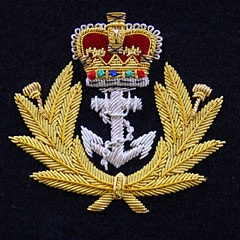
Joseph Randall

S.S. 4355
 | Joseph Randall |  |
| Able Seaman, HMS Pheasant, Royal Navy S.S. 4355 | ||
| Killed 1st March 1917 |
Joseph Randall's Parents | ||
|
Joseph Randall was the youngest child of Thomas Randall (sometimes spelled Randell or Randel) and Jane (née James). Thomas Randall was born in 1848 or 1849 in Newton Abbott in Devon. We do not know any more about him. Jane James spent her early years in the centre of Bath – her parents were listed in the censuses either side of her birth (1858) in Bridewell Lane and Milk Street. The latter of these addresses was in a notorious slum area of Bath, so her family was probably very poor. Both of Jane's parents made pipes for smoking tobacco. Cheaper pipes were made from clay at this time and were generally considered disposable, so pipe smokers would regularly buy new pipes. In the 1871 census, when Jane was 12, she was living in Gloucester Lane, Bristol , with William and Priscilla Watkins. She is listed as 'niece' of William Watkins, so we presume Priscilla was her mother's sister. Jane's parents were still in Milk Street, with some of Jane’s siblings. | ||
The Randall Family | ||
|
Joseph’s parents, Thomas and Jane, were married in 1878 at Bath Register Office. We know from the 1881 census that the family (parents and two eldest children) was living at St John’s Place on the Lower Bristol Road (now the site of the office block on stilts next to Churchill Bridge petrol station), with Thomas listed as a ‘timekeeper’. A timekeeper generally worked on the railway and had the task of ensuring that trains on an extensive geographical network ran to a standardised time system, without the aid of any easily-accessible central reference. Bath Directory entries for the family pick them up in 1888, at which time Joseph's father Thomas was a gardener and the family was residing at Bellmead Cottages, near to the Green Park Tavern on the Lower Bristol Road. By this time the family had increased to five children. | ||
 |
|
The sixth child, Minnie, was also born by the time of the 1891 census, which listed the family at 12 Stuart Place in East Twerton, near Oldfield Park railway station, with father Thomas now a ‘labourer’. After a brief spell in Ayr Street (very near Stuart Place in East Twerton), the family settled in Herbert Road, above Moorland Road. Joseph was probably born in the short period when the family lived at number 33 Herbert Road (1896-7), but they later moved to number 57 (1897-1905) and then to number 59 (1906-1910). So Joseph, who would have attended school between the ages of 5 (in 1901) and 12 (in 1908) would have walked to school from numbers 57 and 59 Herbert Road. |
In June 1911, a report appears in the Bath Chronicle and Weekly Gazette in connection with a Coronation celebration: TWERTON CORONATION CELEBRATION. 3,000 CHILDREN IN PROCESSION. TEA SERVED AT WOOD HOUSE Twerton began its Coronation celebration on Thursday, when there was a
special service at the Parish Church and an old people's dinner at St. Peter's
Hall, but the main feature was reserved for Saturday, when the 3,000 children
of the parish between the ages of 5 and 15 years were right royally
entertained. After a procession through the village the children were taken
into the magnificent grounds that surround the residence of Mr. Jonathan Carr J
.P., where they received Coronation mugs, were entertained to a good tea and
afterwards indulged in all kinds of
games and amusements. Happily the weather was simply ideal. At 2 o'clock the children began
to assemble at the schools they attend, and they were joined by others who have
left the day school but were still eligible to take part in the festival. Those
meeting at the East Twerton Schools, numbering about 830, were marshalled by
Mr. R. R. Stephenson; those meeting at the South Twerton Schools, numbering
about 885, were marshalled by Mr. G. E. A. Skinner; those meeting at West
Twerton Schools, numbering about 705, were marshalled by Mr. W.H. Crossman; and
those meeting at the Parochial Schools, numbering about 540, were marshalled by
Mr. W. J. Davies. Headed by the Walcot Military Band, the children of East
Twerton, accompanied by their teachers, marched along the Lower Bristol Road,
where they were joined by the children who had met at the Parochial Schools. A
second procession, headed by the Somerset Industrial School Band, started from
the South Twerton Schools, picking up the West Twerton children en route, and
at the bottom of of Lansdown View the two processions joined, forming one long
column of 3,000 children. The procession, gay with banners and flags, was an
exceedingly effective one, and aroused the greatest interest as it moved
through the gaily decorated streets to Wood House. Mr. Jonathan Carr's grounds looked extremely beautiful in the bright
sunshine and the kindness which prompted Mr. Carr to throw them open to the
children was greatly appreciated by the parishioners generally. Wood House had
been gaily decorated and looked exceedingly well in its picturesque setting.
Elaborate preparations had been made for the entertainment of the little ones,
and in mentioning these preparations, too great praise cannot be given to Mr.
J. S. Hooper, the chairman of the Tea Committee. To obviate the necessity for
the children sitting the damp grass, a number of rows of planks had been stretched
across the lawn. Each row was estimated
to seat 60 children and a broad aisle separated the seats intended for the boys
from those intended for the girls. A number of willing workers had in the morning
placed a Staffordshire made Coronation mug on every space and had so far
considered the convenience of the children as to have tied string to the handle
of each mug, so that after tea the children could hang the ware round their
necks instead of being compelled to carry the cups in their play. Local
tradesmen had supplied the food to order but Mr. Hooper's Committee were really
responsible for the tea. They had so nicely arranged the duties of a whole army
of willing helpers that they estimated that the whole three thousand children
would be enjoying their tea in about three minutes. The children arrived at Wood House soon after three o'clock. A few
minutes afterwards a bugle sounded the signal for the multitude of children to
stand and sing the national anthem, which they did most impressively. This was
followed the singing of the hymn "All the hosts of Britain gather"
and the song "Coronation Day". Grace was then said by the vicar and
the tea, "the" feature of the festival, began. Each child received a
bag containing a buttered milk-cake, 1/2lb of plum cake and a currant bun, and
there was no scarcity of hot, fragrant tea. The tea was admirably served. Joseph Randall (and also Harold Swain, who was of a similar age to Joseph) was among those listed by name in the article as having served the tea. He would have been 15 years old in 1911. |
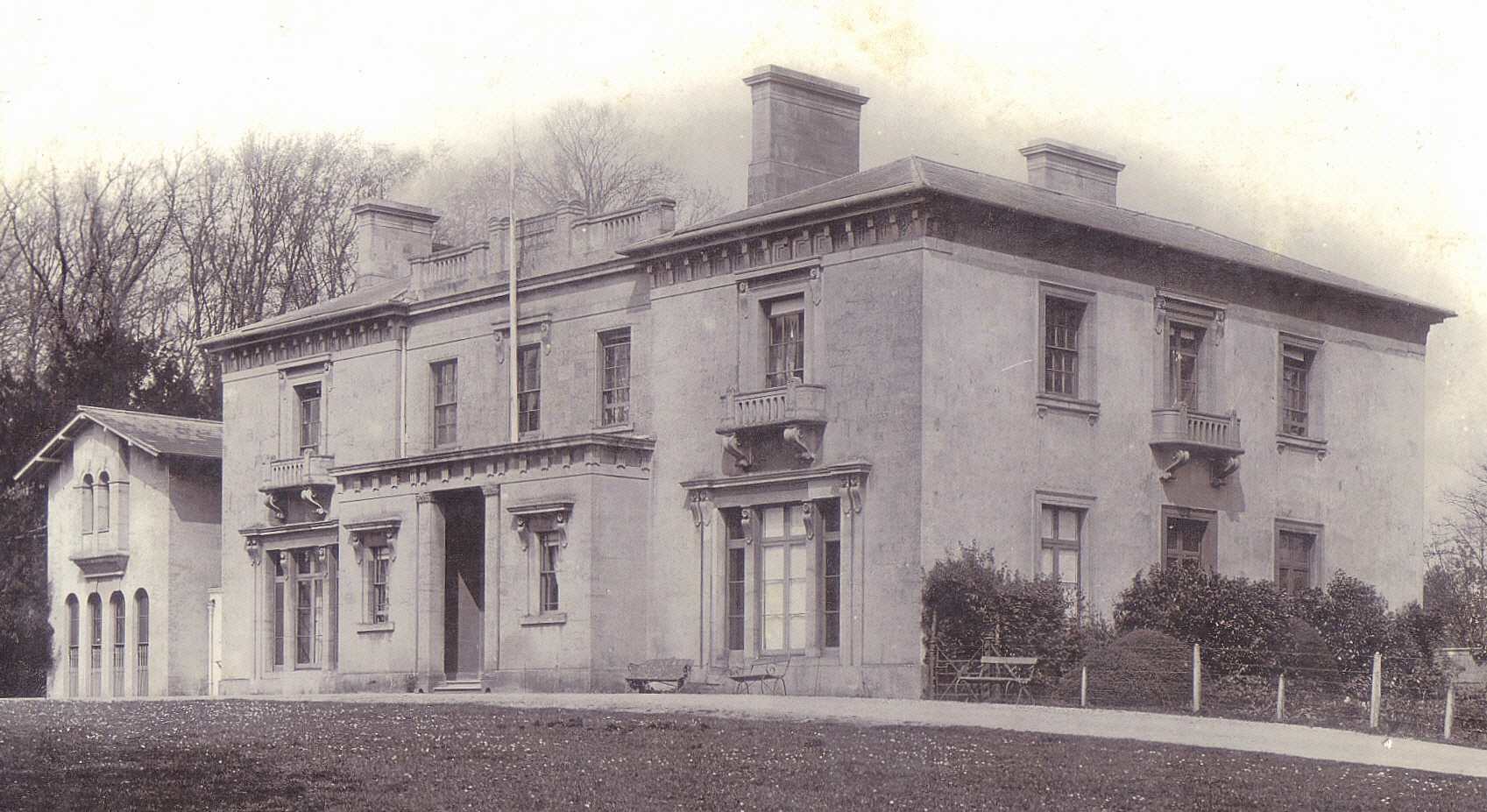 | ||
| Wood House, which was home of the Carr family in Twerton [Image: Joe Scofield, www.proudoftwerton.com] |
The 1911 census, which shows the family having moved to 6 St James Parade (city centre), lists Joseph as an ‘errand boy for a tobacconist’. We do not know any more details on what Joseph did prior to his involvement in the War, except that the family home moved up to Gloucester Buildings in Swainswick some time prior to 1915. |
Joseph Randall in WW1 | ||
Royal Navy: HMS Pheasant Joseph’s naval records do not survive, but we know he served in the Royal Navy as an
Able Seaman aboard HMS Pheasant, an Admiralty M class of destroyer. Pheasant was new in 1916, however, so Joseph must have served on another vessel or at a land-based station prior to his service on Pheasant.
| ||
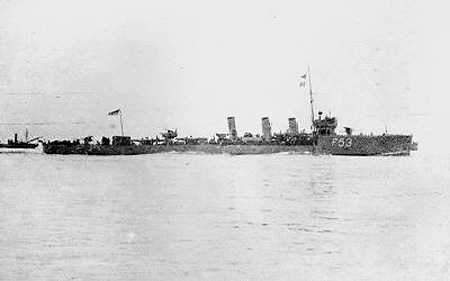 | ||
| This photo is of HMS Pheasant's sister ship, HMS Phoebe. These ships were powered by steam turbines. |
Joseph Randall's Death |
| From this website: Built
on the Clyde and launched on the 23rd of October 1916 HMS Pheasant
later became a unit of the 15th Destroyer Flotilla, part of the Grand
Fleet based at Scapa Flow. On the 1st of March 1917 she sailed to
conduct the ‘Hoy Patrol’ a local patrol around Hoy. During the week she
lay at anchor in the Flow at night and patrolled outside Hoy Sound by
day. She was ordered to send a weather report at 5.30am as the
commodore of Destroyers planned to hold gunnery practice for his ships. She was seen by the Signal Station at Stromness at 5.30am and at 06.10 am a loud explosion was heard. Men on two trawlers anchored inshore heard the explosion and from one of the trawlers they could see black smoke. One of the trawlers (the Grouse) immediately set out in the direction of the smoke but found nothing. The ship had disappeared. Later that morning a group of minesweeping trawlers discovered a patch of oil and wreckage and the body of midshipman Cotter was found wearing two lifebelts. At least 88 men had been on board but his was the only body recovered. He is buried in the Lyness Naval Cemetery. It was assumed that the ship had struck a mine, possibly one that had broken loose from the Whiten Bank field (a British defence) which was laid in the winter of 1915-16. Another suggestion is that she was sunk by UC-43 – a submarine minelayer. It is known that this submarine sailed on the 25th of February and she was sunk by HM Submarine G-13 off Shetland on the 10th of March. The wreck was discovered by divers from the Army Sub-Aqua Club in 1996 after locating it through towed sonar in the location derived from the original records. They found the ship in 82 metres of water. The forward part of her was destroyed, the hull lay on its side and the deck had become separated and was badly broken up. From http://www.thefreelibrary.com/Find+solves+WW1+sinking+riddle.-a061165154 (in 1996) Army divers have found the wreck of a World War One destroyer off Hoy in Orkney. HMS Pheasant went down in mysterious circumstances in 1917, with the loss of 102 lives. But now a team of Army divers believe they have solved the riddle. Team spokesman Major Joe Bright said: "We found that the ship's boiler had exploded. Pieces of the engine room scattered about, and the funnels were also visible. "We are pretty sure the remains are those of the Pheasant". The brief records of Joseph's service with the Navy quote his date of birth as 14th November 1894. We know he was born in 1896, so it is probable that he lied about his age in order to enlist. |
Decoration | ||
| Joseph Randall's entry, from among the many 'RANDALL' entries on the Naval Medal & Awards Roll, is as follows: | ||
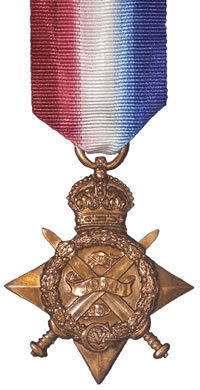 | 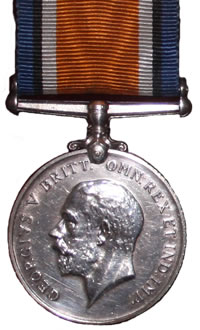 | 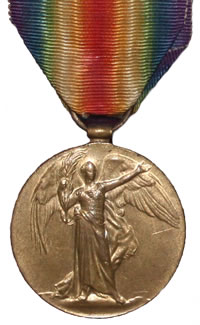 | ||
| 1914 Star | British War Medal 1914-18 | Allied Victory Medal |
Commemoration | ||
Joseph Randall's inscription on the South Twerton Memorial: | ||
|
Bath War Memorial Joseph Randall is not listed on the main Bath War Memorial. Having been born in the city and lived here all his life prior to WW1, he should be listed. We will be following this up. There may have been some confusion owing to the fact that his parents moved to Swainswick prior to his death, so he did not have a family home in the city when he died. |
|
Swainswick War Memorial, St Mary's Church Following the family's move to Swainswick immediately prior to WW1, Joseph Randall is commemorated on the memorial in St Mary's Church, which takes the form of an oak panel at the east end of the north aisle and now includes the names of those who lost their lives in both world wars:
Joseph's inscription:
|
|
Royal Naval War Memorial, Plymouth Able Seaman Joseph Randall is listed on the main Naval war memorial at Plymouth. (Photo courtesy of Rachel Sanders) |
Further Information |
Living relativesIt has been great to hear from Rose Harvey in response to the research project. Rose is Joseph Randall's great-niece and lives in Bath. Rose tells us that the family was not aware of Joseph's existence until their recent research showed him listed with the family on the 1911 census. Further research on Rose's part then led her to this website. It was lovely to see Rose and other members of the family at the school's commemoration event in July 2015.
Rose Harvey (L) and family It would be great to hear from any further living relatives of Joseph Randall. We know that:
Please get in touch!If you have any further information on Joseph Randall, or want to suggest corrections / improvements for this page, please use the Contact page to get in touch.All additions and further information will be credited appropriately. |